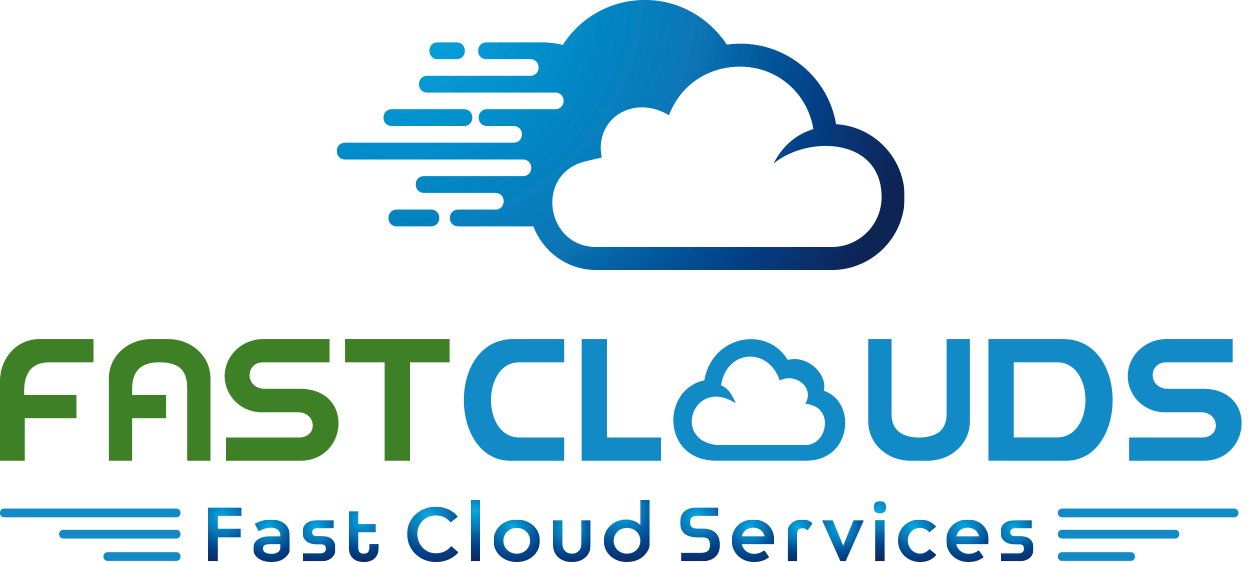How Are They Shaping the Future of Major Enterprises?
With the rapid pace of technological advancement, cloud computing has become a cornerstone of corporate strategies to enhance operational efficiency and drive innovation. No longer just an optional technical add-on, cloud technology has transformed into a strategic necessity for navigating the competitive challenges of global markets. This article explores the latest trends in cloud technology and their impact on the future of major enterprises.
What is Cloud Technology?
Cloud technology refers to delivering computing services—such as storage, databases, networks, and software—via the internet (the cloud) instead of relying on local hardware. This approach offers high flexibility, cost efficiency, and scalability to meet business needs.
Latest Trends in Cloud Technology
-
Multi-Cloud Computing
Enterprises are adopting multi-cloud strategies to leverage the benefits of different providers, such as AWS, Google Cloud, and Microsoft Azure. This approach minimizes reliance on a single provider while enhancing operational flexibility.
-
Artificial Intelligence and the Cloud
Integrating AI with cloud technology is a leading trend. Companies can now analyse massive amounts of data quickly and accurately to make strategic decisions. Cloud platforms also provide machine learning tools that enable the development of innovative products and services.
-
Cloud Security
As cyber threats increase; cloud security has become a top priority. Large organizations rely on technologies such as encryption, firewalls, and integrated threat detection systems within cloud services to protect their data.
-
Edge Computing
This trend focuses on reducing latency and improving performance by processing data closer to its source rather than sending it to a central cloud. It’s particularly vital for businesses reliant on the Internet of Things (IoT).
-
Sustainable Cloud Solutions
The demand for sustainable cloud solutions is growing. Major cloud providers are investing in eco-friendly data centers and initiatives to reduce their carbon footprint.
Benefits of Cloud Technology for Enterprises
-
Cost Savings
With pay-as-you-go pricing, companies can significantly reduce expenses associated with traditional infrastructure.
-
Flexibility and Rapid Innovation
The cloud enables businesses to test and launch new services quickly.
-
Global Expansion
Through globally distributed data centers, enterprises can easily expand into new markets.
-
Enhanced Collaboration
Advanced collaborative tools provided by the cloud allow teams to work effectively, regardless of their geographic locations.
Challenges Faced by Enterprises
Despite its numerous advantages, cloud adoption presents challenges, such as:
-
Integration with Legacy Systems
Companies need meticulous planning to integrate cloud technology with their existing infrastructure.
-
Regulatory Compliance
Managing legal requirements for sensitive data migration to the cloud can be complex.
-
Cost Management
Although the cloud reduces costs, uncontrolled usage may lead to budget overruns.
Conclusion
Cloud technology has evolved into more than a technical tool—it’s a pivotal element in shaping the future of business. Enterprises that invest in the latest cloud trends strengthen their ability to innovate and achieve sustainable growth. However, success in this domain requires a careful balance between seizing opportunities and effectively managing challenges to ensure long-term competitiveness in an increasingly dynamic business landscape.





